When I left my investment banking career, I was thrilled to join the Goldman Sachs (GS) HR team. Considering their performance, what better place to start my new career of developing leaders. So what went wrong?
Nothing changed with GS. My team remained the same, 100% dedicated to their job and willing to give 120%. The issue was with me.
Isn’t it funny how when we are not happy about our situation, we sometimes complain and expect our organisation or team we joined to change for us? This was my first non-resilient reaction; instead of adapting to my new reality, I grew increasingly disgruntled with earning less but still working long hours. I also kept acting like I was still in investment banking, trying to lead and be opinionated on issues I knew little about, as I was a novice in HR.
I know now I was going through an identity crisis. As I currently teach my clients, I wish someone taught me that to transition, I needed to know who I was outside of what I did. I wish I had realized that my profession is just an aspect of my life and not the whole of me. Another issue was that I was overly optimistic about my career move and did not consider the challenges I will face during this change and how I will deal with them. I have since learnt to practice realistic optimism.
As Robin Sharma said, “Change is hard at first, messy in the middle and gorgeous at the end”. We need to learn to keep our attitude right at the start and in the middle. I did the opposite. All these changes resulted in a bad attitude, and it was only a matter of time before it started to show in my work and relationships with my colleagues. To be fair, the VP I reported to did not like me and made my life tough ( can you identify with that), so my attitude simply worsened the situation.
On one faithful day, I got to work and “reacted” yet again to a comment from this VP. This time I went too far; I called her into a room and quit. It was one of those impulsive decisions you regret almost instantly. Never let anyone have such an impact on your work and attitude. Simply refuse to give anyone such power over you. The other problem was that I had become too confident for my good. I thought that with my CV, I would simply walk into another job.
Almost a year later, and going from one failed business idea to the next and no job still in sight, I learnt a valuable lesson. Making impulsive decisions is almost always a bad strategy. I realised that it was essential to have what I now teach in my workshops – a resilience gap – before making critical decisions. Consider the choices you are currently making. Are you reacting impulsively or responding resiliently?

When I reflect on my time in GS, I would have left anyway because I always wanted to start my own business, but I would have gone on better terms and not ruined some valuable relationships. I would have had a plan to take my career forward instead of accepting whatever came my way because I had grown desperate at some point. The beauty of life is that we live to learn. The next time I was done with a job and decided to leave, it took me seven months to think through my exit, and I had clear plans of my next steps, which have led nicely to where I am now.
Impulsive decisions can be dangerous and resilient people have learnt to master the use of the resilience gap. For me, it was quitting a job, which, although to be fair, can lead to some tough times, you can always come back from that. For others, they make bad decisions that are sometimes irreversible. The next time you are tempted to react impulsively instead of responding resiliently, remember that you should never make a permanent decision on temporary emotions.
Memorable Quote – “Impulsive actions lead to trouble, and trouble could have unpleasant consequences” Steig Larson.
Coaching tip – Reflect on situations where you tend to “react” and think about how you can respond more effectively in the future.
Leadership challenge – Think about a situation you are being impatient about or a person you are being impatient with, be intentional about applying the resilient gap.

